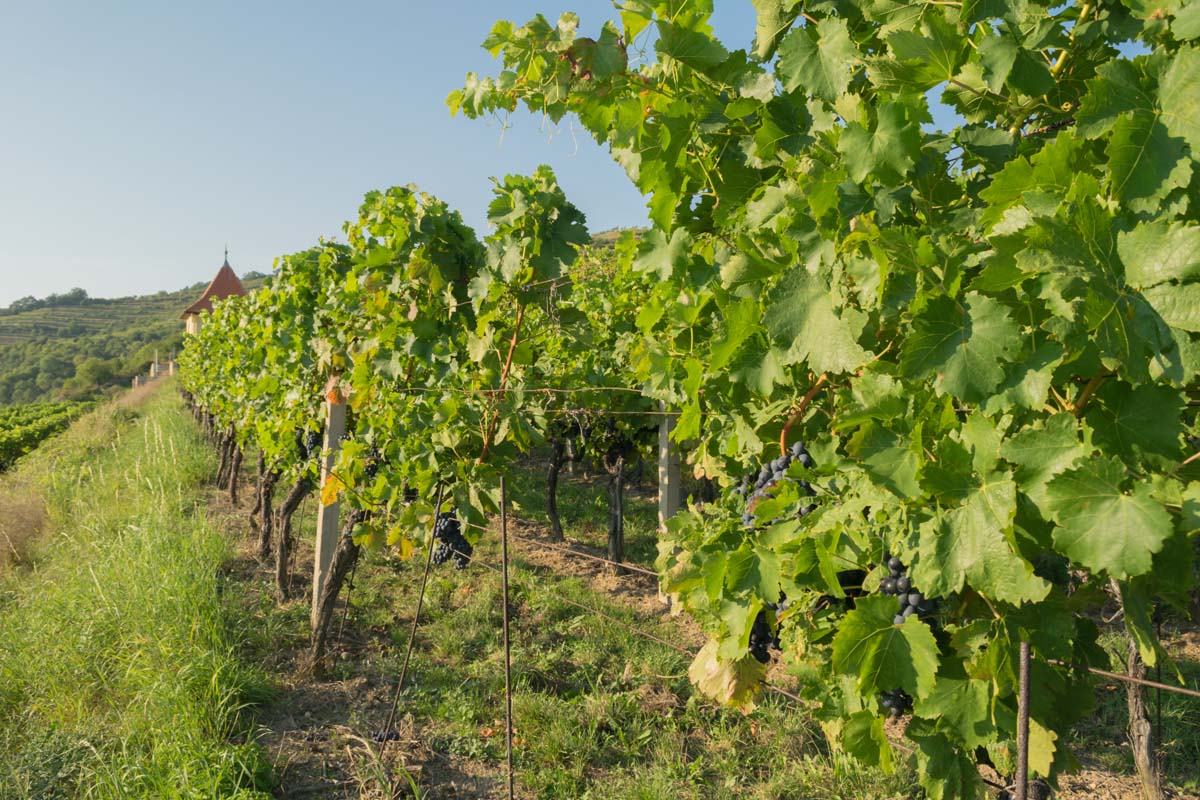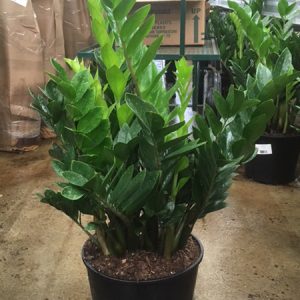Description
Vitis – Grape – Vine – Grape Vine –
There are about 65 woody, deciduous tendril climbers, occasionally shrubs, within the Vitaceae family, in this genus. They occur in woodland, woodland margins, and thickets in the Northern Hemisphere. They have flaking bark and alternate, simple to lobed, sometimes toothed leaves often colors well in autumn. Tiny 5 petalled green flowers are produced in panicles from the leaf axils in summer and are followed by fruits (grapes), which in some species are edible or used to make wine. The ornamental grapes are cultivated for their foliage and fruits, grow over trellis, pergola, or fence, or through a large shrub or tree, or train against a wall.
Grow in well drained, preferably neutral to alkaline, humus rich soil in full sun or partial shade.
Prone to downy mildew, canker, dieback, gray mold (botrytis), Pierce’s disease, black rot, powdery mildew, mushroom root rot, and various leaf spots, Grape leaf skeletonizer, Japanese beetle, scale insects, mealy bugs, black vine weevil, and the American root aphid, phylloxera.
Vitis vinifera – Grape – This species which as been in cultivation since antiquity is originally from Europe and the Mediterranean, grows to 20’ feet or more high. It has given rise to a multitude of varieties with either black or white (pale green or yellow fruit), some being better for wine, other for eating fresh or dried. It is best grown where summers are dry.
‘Muller Thurgau’ – is a white grape often used for bulk production wines





